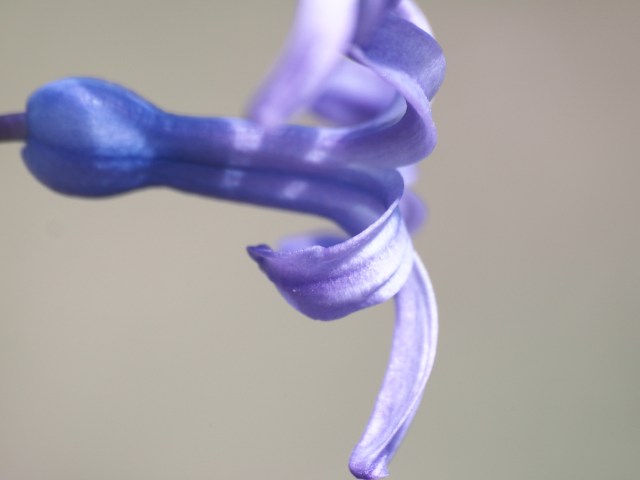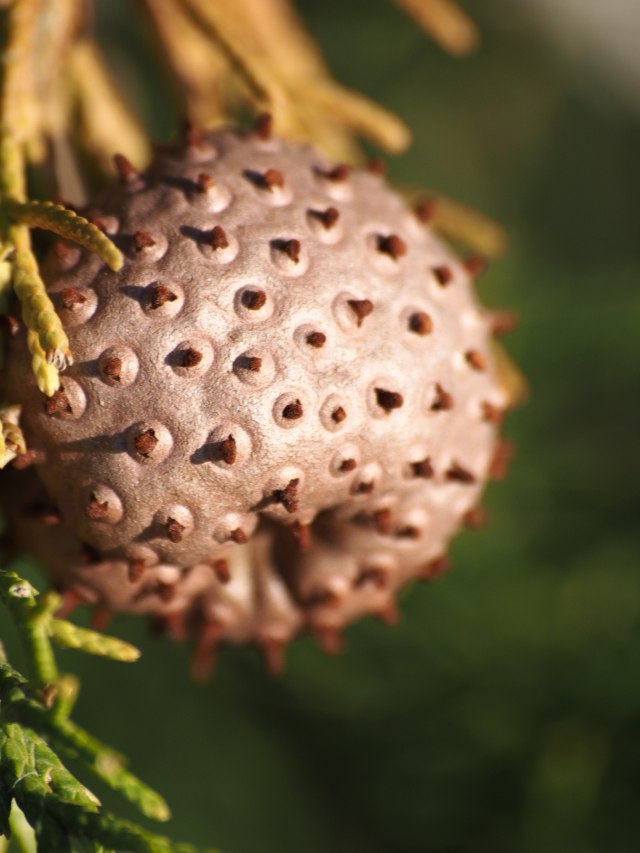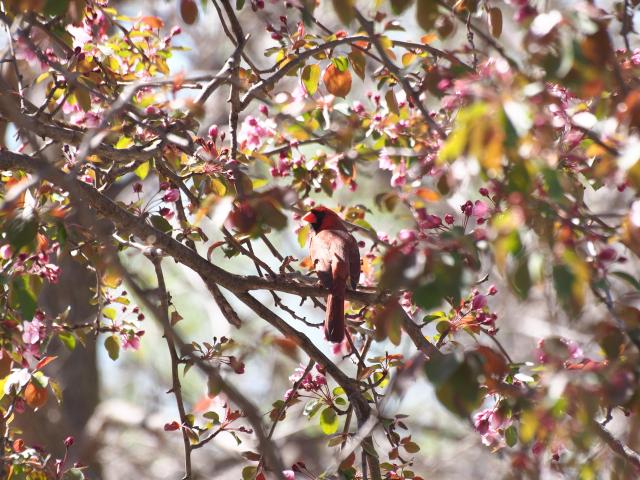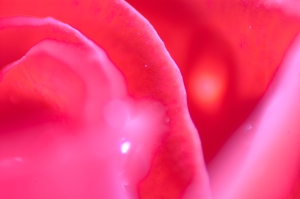I had a rough draft put together for yesterday, it was… alright. I had begun talking about my odd miscellaneous photo days last week, and the weekend preceding, and how it hadn’t been an overly great week for photography. I had spent much of the week frustrated with Kansas’s indecisive weather and incompetent weather forecasters. Add that to my lat working schedule, and short period to shoot in, and the frustration was mounting. It was at this point I stumbled on an old article about a new way to use an old tool. The Olympus BCL (Or, body cap lens as it were).

I talked a little bit of my… ill fated attempts with ye olde 500mm oh sweet heavens lens of nope. While I have gotten away from the days of not understanding my camera, it’s components and lenses and how they effect everything, I have not freed myself from… well being cheap, or broke you can take your pick. Small bit of back story, then on to the fun part. I bought my first micro four thirds camera a little over a year ago, and not having a whole lot of cash to throw at it only got two lenses. The 15mm BCL F8 and the 40-15omm F4-5.6 (The latter of these still being one of my favorites, btw, but that’s another story) Both of which combined came in just over $100.00 so as I’m sure you can imagine, or have seen if you have one, they’re not amazing lenses. The 40-150 can do some incredible things when stopped down but the BCL is pretty lack luster all together.

Much has changed in the following year, and the BCL has found it’s place nested in the back of my pack. That is until I stumbled on the idea that it might do something pretty cool strapped onto some extension tubes, and voila a whole new beast was born.

It was cold this morning, and it took quite a bit of talking myself into going out and finding something to shoot. I’ve made it a point in Kansas to never go out with just a macro lens, it can be perfectly still when you leave the house and 60mph winds when you decide to stop and shoot, so a backup plan is always needed. Of course this morning was no different, the wind at my house while cold and crisp was mild and intermittent. The wind out on the trail I decided to visit was anything but, and all but the closest ground dwelling plants were swaying like they had far too much to drink the night before.

My BCL with full extension tubes was tucked into my jacket pocket, and the trusty 40-150 was slapped on the front of the camera to try and capture the hurry and scurry of the morning birds catching their breakfast. I had spent most of the prior week living in the telephoto end of my camera, a new package had come in the mail earlier bearing an Olympus 70-300 and the 4/3 to micro 4/3 adapter needed to make it work with my little cameras. It looks quite comical strapped on the front of either of my cameras, but still functions quite nicely. I decided to keep that general pattern going today, but didn’t want the weight of the big boy so the 40-150 it is!

The flowers I could find along the trail were almost all Dandelions or buds concealing their blooms until this recent blustery brisk weather passes, but that was okay. I got down and close to whatever I could find and snapped away to my hearts content! The BCL with tubes produces what amounts to slightly closer than 1:1 magnification, the only negative being the requirement to nearly be touching the subject. I haven’t found any live little bugs to try this out on yet, but can imagine it won’t be the easiest for anything jumpy. For flowers however it works just right!

I was actually quite surprised how well this little lens worked, considering it’s reputation on it’s own is quite poor. I hadn’t pulled mine out of it’s hiding place in the bottom of my bag since before I got my 17mm and honestly had little intention of doing so any time soon. Now, it gets to live on the end of my extension tubes for quite a great little impromptu macro lens!

I don’t think I’ll ever stop being as frugal of a shopper as I am. I won’t ever own the “Newest” bodies or the true “professional” lenses that cost more than I make in a month. I have no qualms with adapting lenses to fit my needs, or using lenses outside of their “true intended purpose”. I love being able to make great images with what I have available, and don’t plan on stopping any time soon!


I hope you’ve enjoyed!
~Wes


















